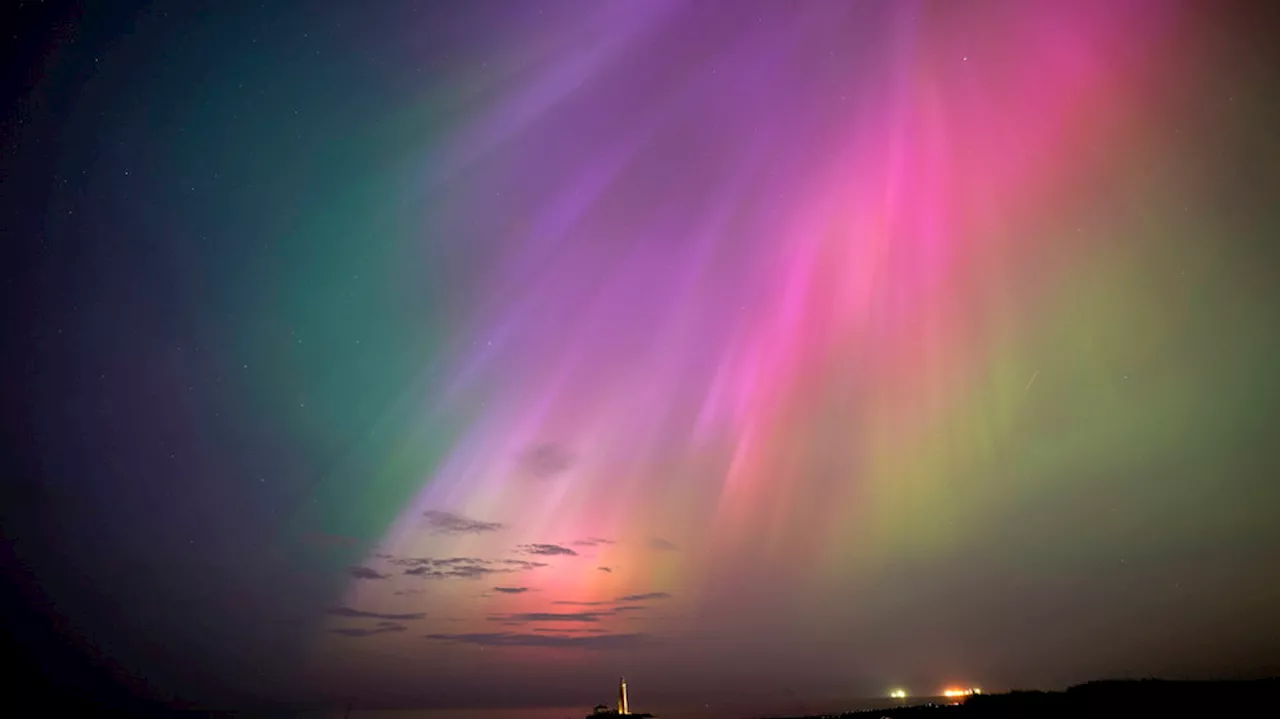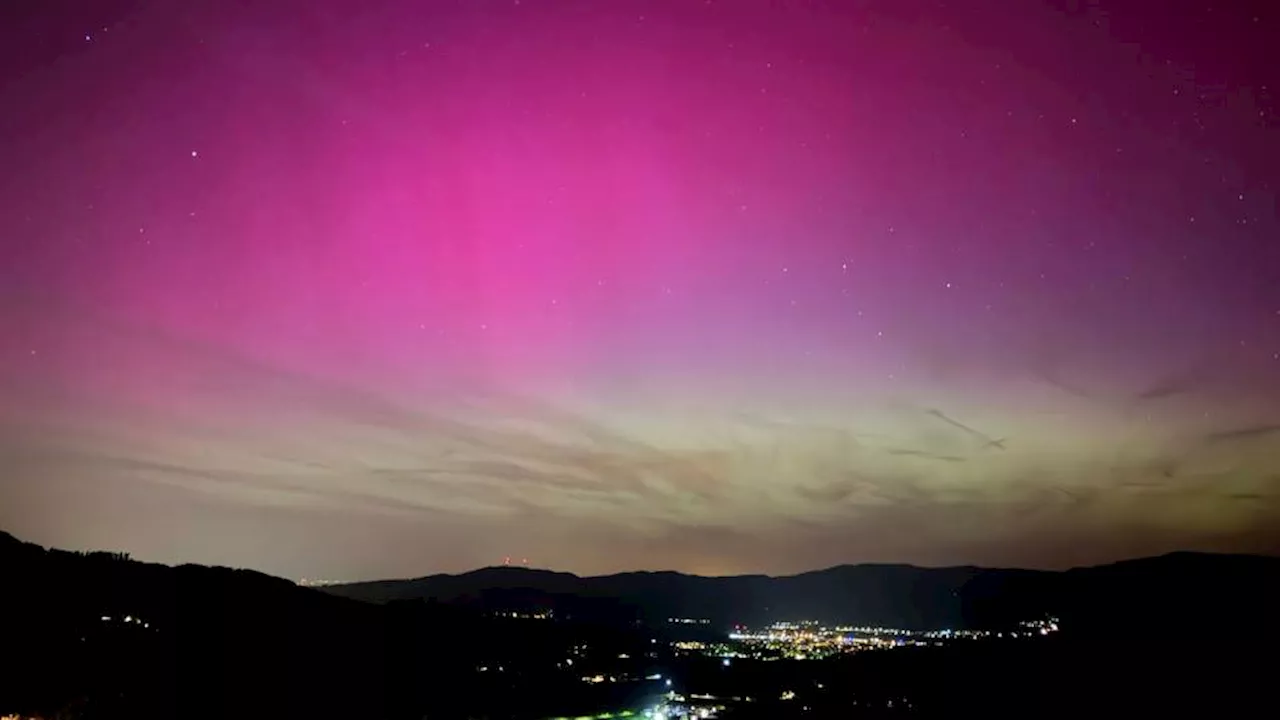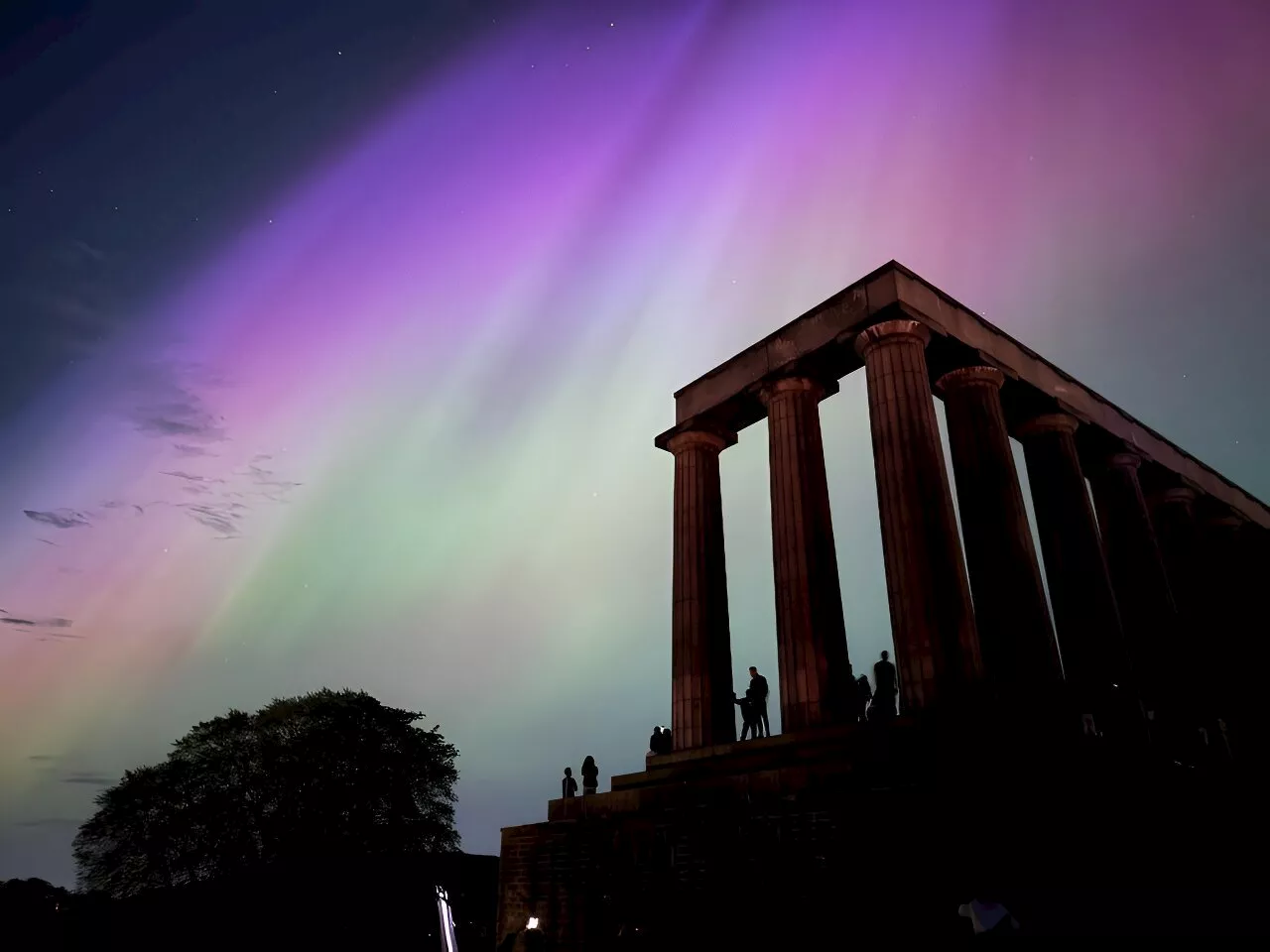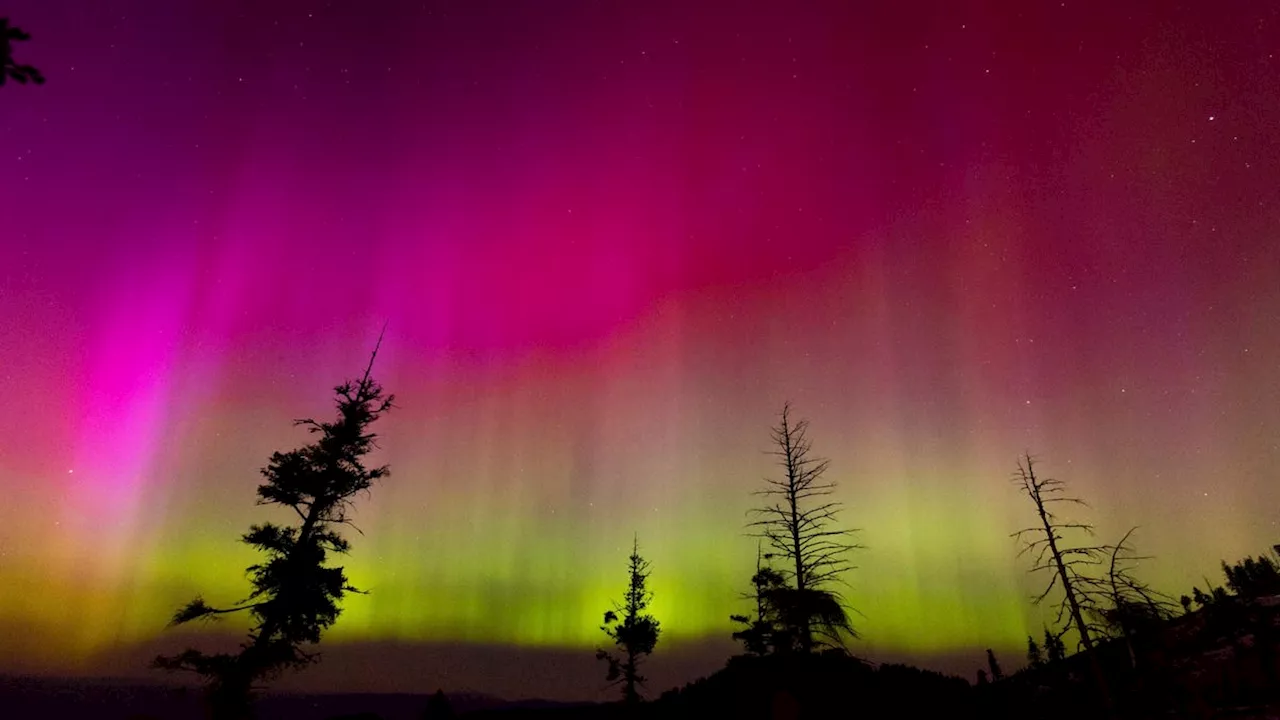Earth may experience another solar storm in early June as the hyperactive sunspot cluster rotates back into view.
It’s back! After unleashing the strongest geomagnetic storm in more than 20 years, the notorious sunspot cluster AR3664 is once again visible and still spewing copious amounts of radiation into space. The National Oceanic and Atmospheric Administration’s Space Weather Prediction Center recorded a solar flare erupting from the southeast limb of the Sun on Monday. Sunspot AR3664 is likely responsible for the flare, which was classified as a strong X2.8.
warned that the charged particles released from the Sun this week could reach Earth, although it may take a while to get here due to the location from which it erupted. The last time AR3664 was visible, it had grown to nearly 124,300 miles and was becoming one of the most active regions on the Sun during this current solar cycle. As the Sun rotates on its axis, the sunspot became hidden from our view for around two weeks but now it’s back.
Solar Phenomena Geomagnetic Storms Solar Observation Solar Cycle 23 Space Weather The Sun Stellar Corona Technology Internet French Active Region Solar Storm Ryan French Gizmodo
United States Latest News, United States Headlines
Similar News:You can also read news stories similar to this one that we have collected from other news sources.
 GALLERY: Auroras dazzle Northern Hemisphere as rare solar storm sweeps EarthPeople across the Northern Hemisphere were treated to a dazzling light show late Friday and early Saturday after a rare solar storm swept Earth.
GALLERY: Auroras dazzle Northern Hemisphere as rare solar storm sweeps EarthPeople across the Northern Hemisphere were treated to a dazzling light show late Friday and early Saturday after a rare solar storm swept Earth.
Read more »
 First extreme solar storm in 20 years brings spectacular aurorasRecent extreme solar activity triggers awe-inspiring auroras, with reports emerging of power grid irregularities and degradation to high-frequency communications and GPS.
First extreme solar storm in 20 years brings spectacular aurorasRecent extreme solar activity triggers awe-inspiring auroras, with reports emerging of power grid irregularities and degradation to high-frequency communications and GPS.
Read more »
 Auroras dazzle in Latin America as solar storm causes rare displaysThe biggest geomagnetic storm in two decades, sparked by solar flares, caused dazzling lights displays in parts of Latin America overnight on Friday, including a rare appearance in Mexico.
Auroras dazzle in Latin America as solar storm causes rare displaysThe biggest geomagnetic storm in two decades, sparked by solar flares, caused dazzling lights displays in parts of Latin America overnight on Friday, including a rare appearance in Mexico.
Read more »
 Second night of auroras seen 'extreme' solar stormAuroras lit up skies across swaths of the planet for the second night in a row on Saturday, after already dazzling Earthlings from the United States to Tasmania to the Bahamas the day before.
Second night of auroras seen 'extreme' solar stormAuroras lit up skies across swaths of the planet for the second night in a row on Saturday, after already dazzling Earthlings from the United States to Tasmania to the Bahamas the day before.
Read more »
 Biggest Solar Storm in Decades Triggers Intense Auroras: The Science ExplainedThe Best in Science News and Amazing Breakthroughs
Biggest Solar Storm in Decades Triggers Intense Auroras: The Science ExplainedThe Best in Science News and Amazing Breakthroughs
Read more »
 Not Just Auroras: Here's the Tech That Got Hit by This Weekend's Solar StormSpaceX's Elon Musk said the company's Starlink satellites were 'under a lot of pressure' from the incoming radiation.
Not Just Auroras: Here's the Tech That Got Hit by This Weekend's Solar StormSpaceX's Elon Musk said the company's Starlink satellites were 'under a lot of pressure' from the incoming radiation.
Read more »
